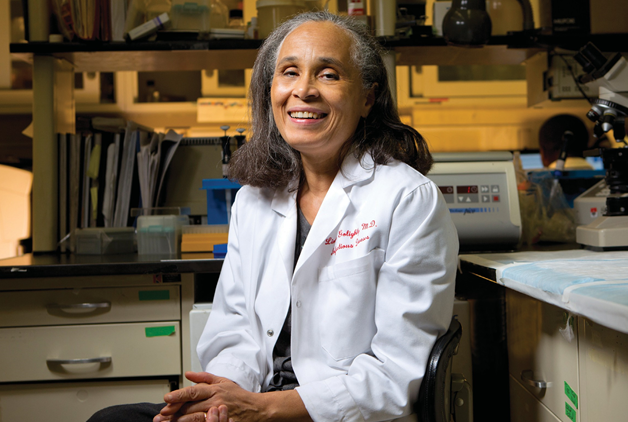“When I took parasitology in my second year of medical school, I was surprised to learn that there were so many diseases that were major causes of morbidity and mortality worldwide that weren’t major problems in the U.S. I ended up going to Brazil to study mucocutaneous leishmaniasis — a disease, spread by a sand fly, that can cause horrible disfigurement. We would take a bus to a small town and get picked up and taken to a tiny village; then each day we’d go in a Jeep as far as we could, walk up into the hills, and go house to house to survey the families. It was amazing that there were all of these people with a disease that could have such horrific consequences — and so few people in this country even know about it. It made me want to do some- thing about these diseases and led to my choosing a career in global health. Now I teach a class in this subject — the one that changed my life — and I feel a sense of responsibility to help my students find their passion as well. One moment that has stayed with me was when I was teaching at our location in Qatar and speaking to a small group of female students. I asked them what they wanted to talk about, and one said, ‘We want to hear about how you blend being a wife and mother with your career.’ And I thought, ‘Here I am, an African-American woman speaking to women in Qatar, and they have the same questions as women back home.’ Even though I was from a much different place, they thought I could help them navigate their way. It helps to show that despite our differences— geographic, cultural—we have common needs and desires that bind us together as people.”
Using the social media hashtag, #WeAreWCM, read more stories to discover the faces behind the medicine and how they are paving the future for innovative healthcare.
This story first appeared in Weill Cornell Medicine, Vol. 16. No. 1.

